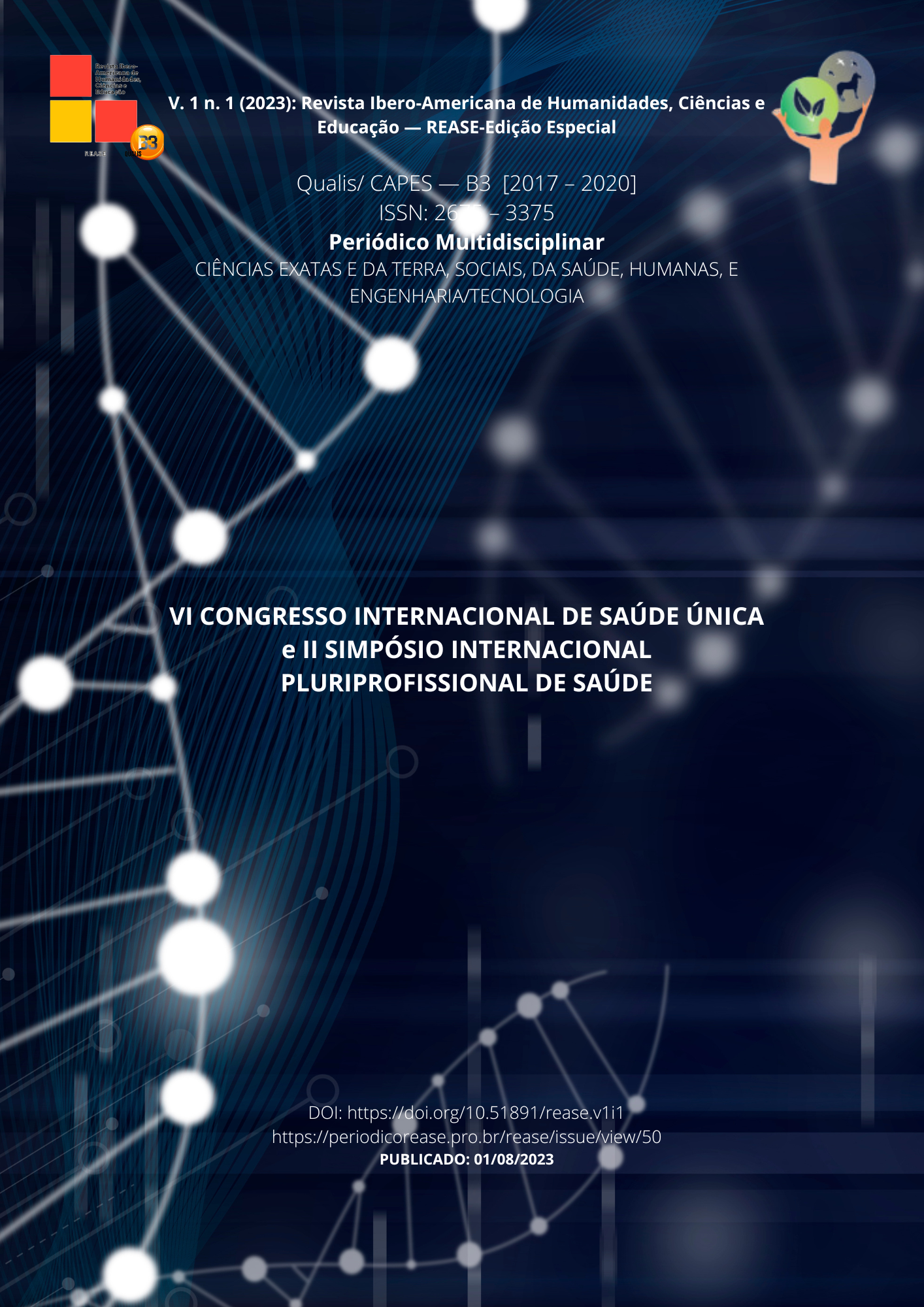WATER FLOCCULATION TEST ON CRITICAL SAMPLE
DOI:
https://doi.org/10.51891/rease.v1i1.10513Keywords:
Flocculation, water treatment and critical sampling.Abstract
Heavy rains cause an increase in the presente of particles in river water, which hinders treatment, requiring a fine adjustment in the amount of silver sulfate and ferric sulfate in the treatment process. Therefore, the objective of this work was to develop a physical-chemical flocculation test on a critical sample. To this end, an apparatus with simultaneous flocculation simulations was used, allowing the dosage variation. Then 0.035 mL/L was applied in the first cuvette, and 0.005 mL/L was added to each cuvette, until reaching the sixth cuvette, with a dosage of 0.060 mL/L. After the simulation processes it was observed that all the cuvettes had a reduction in turbidity, pH and color, when compared to the raw critical sample, which had values of 241.00 NTU, 6.7 and 255.0 uH, respectively. The cuvette that presented the best flocculation quality was the 04, which received 0.050 mL/L, and obtained turbidity of 8.05 NTU, pH of 4.1 and color of 24.6 uH. Therefore, it was concluded that 116 mL/10s of sulfate solution would be necessary for an effective treatment in this situation studied with a critical sample of water after a storm.
Downloads
Downloads
Published
How to Cite
Issue
Section
License
Atribuição CC BY

